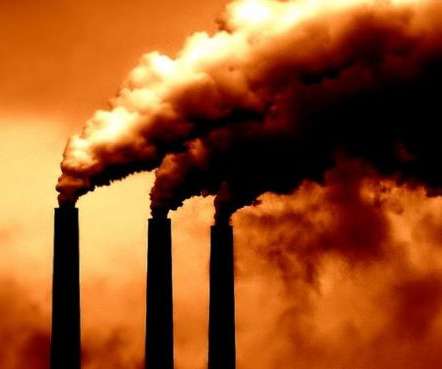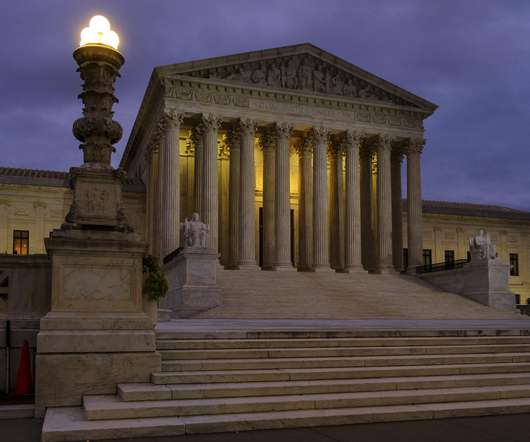EPA’s Power Plant Carbon Rules Are Critical—and Complex. Here’s What to Know, and What to Watch.
Union of Concerned Scientists
APRIL 20, 2023
Multiple lines of analysis make clear that regardless of how cheap wind and solar power get, without directly addressing pollution from coal and gas plants, the country’s clean energy transition will not happen fast enough. Section 111 of the Clean Air Act constrains how EPA sets standards—but gives states wide latitude in implementation.





















Let's personalize your content